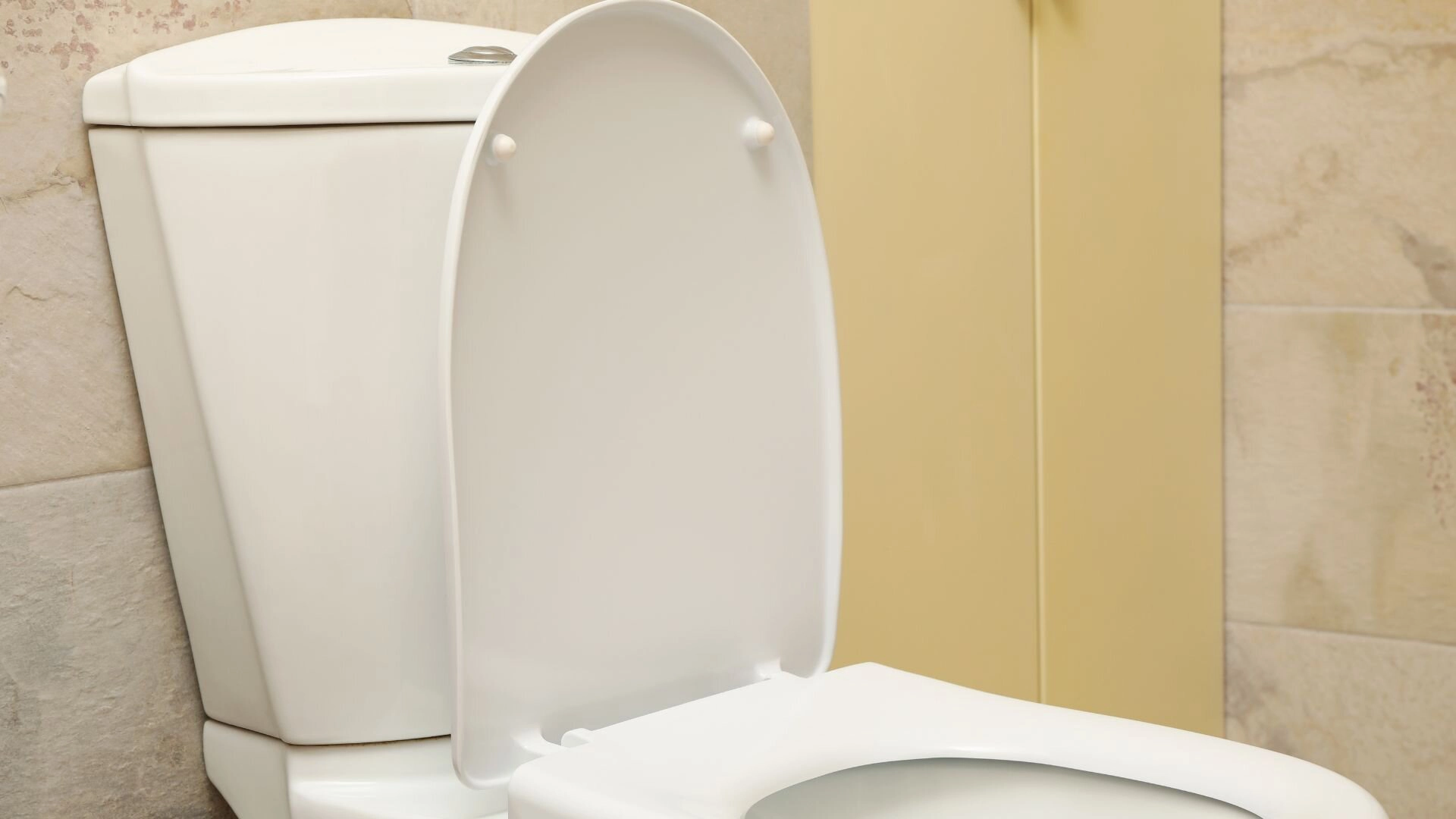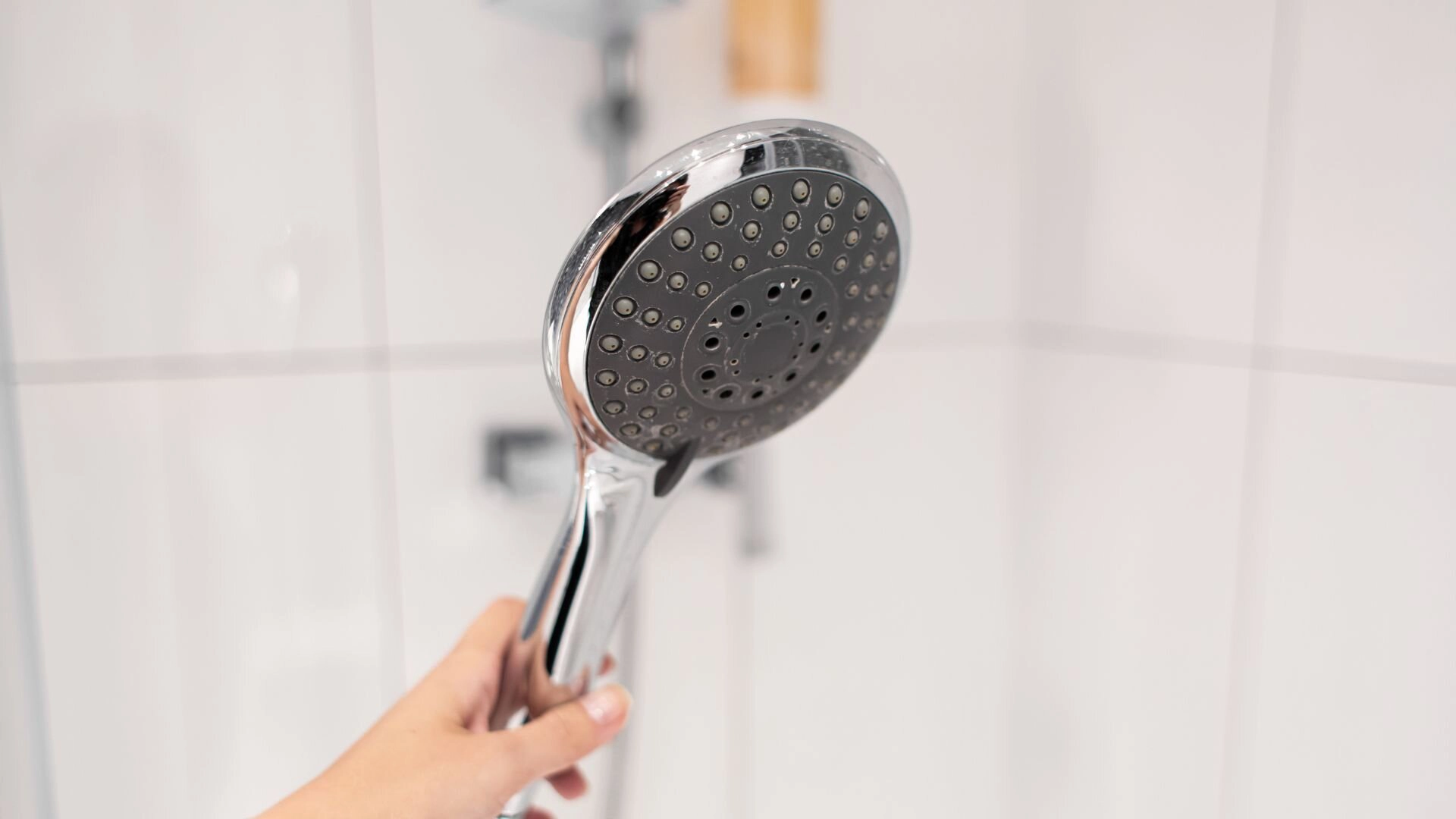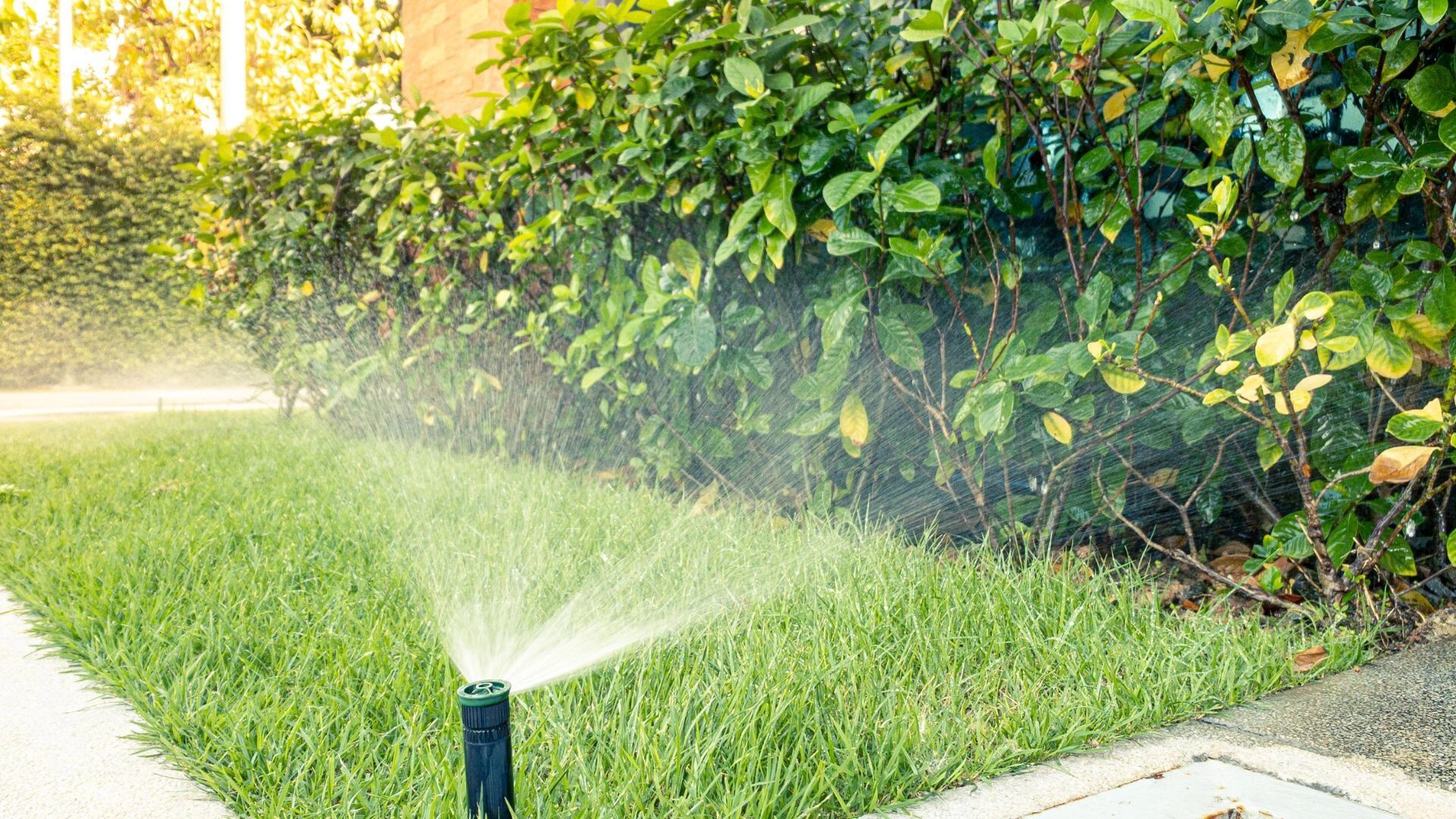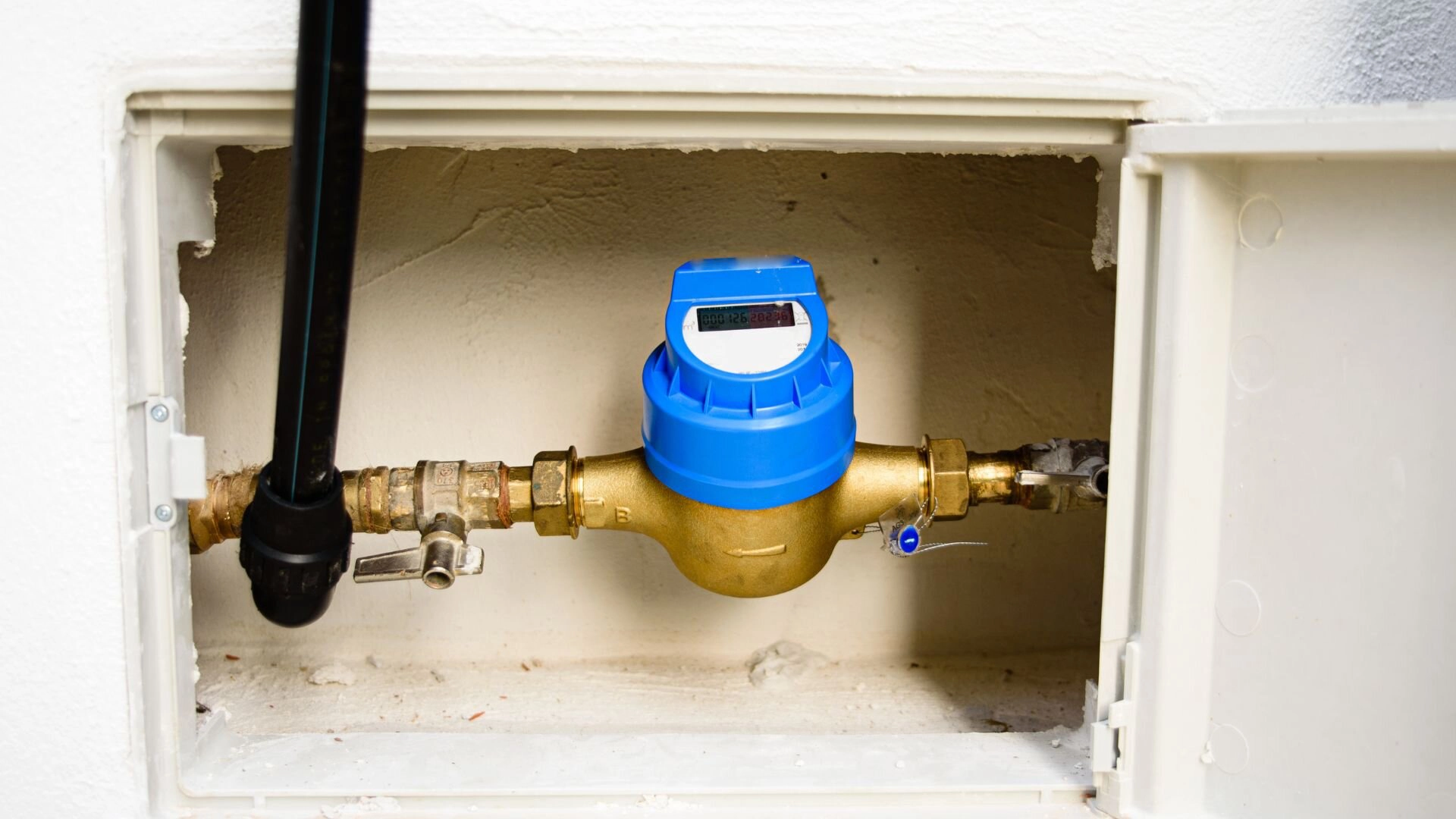How To Make Your Rental Property More Water-Efficient
Find actionable insights on implementing water-efficient measures in rental properties, from low-flow fixtures to xeriscaping, appliance upgrades, tenant education, and monitoring for long-term success.
Australia’s ongoing battle with water scarcity and drought across many regions has intensified the need for sustainable water management practices. Landlords and property managers play a vital role in conserving water, particularly within rental property settings.
Adopting water efficiency measures reduces water usage and eases the strain on limited resources. These initiatives offer tangible benefits, such as lower utility bills and enhancing the appeal of an investment property to potential tenants.
Key strategies include installing water-efficient fixtures like low-flow showerheads, dual-flush toilets, and tap aerators. These improvements can significantly optimise water efficiency, contributing to long-term savings for landlords and tenants while aligning with broader environmental goals.
Enhancing a rental property’s water efficiency fosters a culture of sustainable living and demonstrates a commitment to conservation. This aligns with Australia’s national focus on reducing water consumption and addressing environmental challenges, making a meaningful impact on the future of water management.
Low-Cost Water-Saving Strategies

Implementing water-saving measures doesn’t have to be costly. In rental properties, one of the simplest and most affordable steps is upgrading showerheads and faucet aerators to low-flow versions. These devices are designed to regulate water flow, significantly reducing water consumption while maintaining performance and water pressure.
Low-flow showerheads can decrease water usage by up to 60%, saving thousands of litres annually per household . Similarly, faucet aerators mix air into the water stream, creating a fuller flow sensation while using less water. For rental premises, these upgrades are cost-effective, easy to install, and an excellent starting point for promoting water efficiency.
Property managers can also consider installing dual flush toilets, which offer separate flush options for liquid and solid waste, reducing water consumption significantly.
Addressing leaks in toilets, faucets, and pipes is another critical, low-cost strategy . Even minor leaks can result in staggering water waste over time. A single leaky toilet can waste up to 22,700 litres annually, while a dripping faucet may squander over 2,000 litres yearly.
These practical, budget-friendly measures can yield substantial savings on water usage and utility costs, making them a worthwhile investment for any landlord or property manager aiming to conserve resources and reduce expenses.
Water-Efficient Appliances and Fixtures
While low-cost measures are a great starting point, upgrading to water-efficient appliances and fixtures can significantly amplify water conservation efforts. One of the most impactful upgrades you can make is replacing old, inefficient toilets with modern dual-flush or low-flow models.
Toilets are among the biggest water guzzlers in most households, accounting for nearly 16% of indoor water consumption . By switching to a water-efficient toilet, which uses just 4.8 litres or less per flush, a family of four could save up to 57,000 litres of water annually. Dual-flush toilets offer even greater water-saving potential, allowing users to choose between a full or partial flush based on their needs.

Another worthwhile investment is upgrading to water-efficient washing machines and dishwashers. Older models can consume excessive water per cycle, but modern Energy Star-rated appliances use advanced technology to dramatically reduce water usage without compromising cleaning performance.
Tankless or solar water heaters also reduce water and energy consumption. Unlike traditional tank-style heaters, which constantly heat and reheat a water reservoir, tankless models only heat water on demand , eliminating standby energy losses. Solar water heaters harness the sun’s power to heat water, reducing your property’s energy footprint and associated costs.
While these upgrades may require a more significant upfront investment, they can yield substantial long-term savings on water and energy bills , making them a wise choice for landlords and property managers seeking to enhance the sustainability and appeal of their rental properties.
Landscaping and Outdoor Water Conservation
Outdoor water usage can significantly impact a property’s overall water consumption, making water-wise landscaping essential for conservation. Incorporating drought-tolerant native Australian plants, such as kangaroo paws, grevilleas, and eucalyptus, reduces irrigation needs and promotes water conservation. These plants thrive in arid conditions, minimising water lost through over-irrigation.
For properties with existing irrigation systems, upgrading to a water-efficient drip irrigation system ensures water is delivered directly to plant roots, reducing waste and enhancing hydration. Adding smart irrigation controllers further optimises water usage by adjusting watering schedules based on real-time weather data and soil moisture levels, helping to cut water bills.

Rainwater harvesting systems are another effective strategy. These systems allow property owners to capture and store rainwater for outdoor uses like garden irrigation or car washing. This approach conserves potable water, reduces stormwater runoff, and helps meet water efficiency requirements.
Simple measures, such as installing flow restrictors, tap aerators, and low-flow shower heads in outdoor areas, where applicable, can also reduce water usage. Ensuring the tenancy agreement states responsibility for water usage charges for rental properties can encourage tenants to adopt conservation practices. When properties comply with water efficiency requirements, landlords may be able to pass water consumption charges to tenants, provided charges to tenants are clearly outlined in the agreement.
Adopting these strategies reduces outdoor water consumption, lowers maintenance costs, and contributes to Australia’s broader water conservation efforts.
Tenant Education and Engagement
While implementing water-efficient measures is crucial, achieving long-term water conservation success hinges on active tenant involvement . Engaging and educating tenants on water-conscious practices is vital for maximising the impact of your efforts.
Start by providing clear guidelines outlining simple yet effective water-saving tips, such as taking shorter showers, turning off taps while brushing teeth or shaving, and promptly reporting leaks or instances of water waste. Incorporate these guidelines into rental agreements or handbooks to ensure they are well-communicated and understood.
To further promote awareness, consider hosting informative workshops or seminars highlighting the importance of water conservation and the specific measures you’ve implemented. Engage tenants in discussions, share success stories, and emphasise the collective impact their actions can have on reducing water consumption and utility costs.
Incentivise water-conscious behaviour by offering rewards or discounts for households that achieve significant reductions in water usage compared to previous billing cycles. This could involve rent discounts, gift cards, or other incentives that recognise and encourage their efforts.
Encourage tenants to share their water-saving ideas and tips, creating a collaborative environment where everyone contributes to sustainable living practices.
Monitoring and Maintenance
Ongoing monitoring and maintenance are essential for ensuring the long-term success of your water conservation efforts. Implementing a comprehensive water management plan can help you identify potential issues, track progress, and make data-driven decisions for continuous improvement.

Water Usage Monitoring:
- Regular meter readings should be conducted to track water consumption patterns.
- Analyse water usage data to identify any unexplained spikes or anomalies that may indicate leaks or inefficiencies.
- Compare water usage data across billing cycles to evaluate the effectiveness of implemented water-saving measures.
Leak Detection and Prevention:
- Perform routine inspections to identify and address leaks promptly .
- Check for signs of water damage, such as water stains, mould, or unexplained moisture.
- Encourage tenants to report any suspected leaks or water waste immediately.
Fixture and Appliance Assessments:
- Regularly assess the condition and performance of water-consuming fixtures and appliances.
- Identify inefficient or outdated models that may require replacement with water-efficient alternatives.
- Consider implementing a replacement schedule for aging fixtures and appliances to maintain optimal water efficiency.
Maintenance and Repairs:
- Promptly address any identified issues, such as leaks, malfunctioning fixtures, or inefficient appliances.
- Develop a preventive maintenance schedule for regular servicing and upkeep of water-related systems and equipment.
- Ensure that any repairs or replacements prioritise water-efficient solutions .
Embrace Water Conservation for a Sustainable Tomorrow
Adopting low-cost measures like installing low-flow fixtures, promptly addressing leaks, and embracing water-wise landscaping allows you to achieve substantial water and cost savings without compromising tenant comfort or property appeal. Investing in water-efficient appliances, fixtures, and irrigation systems may require a more significant upfront cost. Still, it will pay dividends in reduced utility expenses and increased property desirability.
Engaging and educating tenants on water conservation practices is equally crucial. This will foster a culture of environmental responsibility and create a collaborative community committed to sustainable living. Regular monitoring, maintenance, and data-driven decision-making will ensure the long-term success of your water conservation efforts, preventing waste and costly repairs.
At Service First Plumbing , we are dedicated to helping landlords and property managers navigate the path to water efficiency. Our team of experienced professionals can assist you in implementing tailored water conservation strategies , from conducting comprehensive audits and assessments to installing water-efficient fixtures and systems. Partner with us to make your rental property a model of water-wise living and contribute to a more sustainable future for Australia.
Take the first step towards water conservation today by . Let us guide you through transforming your rental property into a water-efficient haven, ensuring long-term savings, environmental stewardship, and a competitive edge in the rental market.